W're sorry, we couldn't find any activities for your search. Try changing the filters.
The Adamello Presanella massif, which is part of the Southern Rhaetian Alps, is set between Trentino and the province of Brescia. The natural borders are Val di Sole, the Tonale Pass and the upper Val Camonica to the North, Val Meledrio, Campo Carlo Magno Pass, Val Rendena and the Giudicarie Valleys to the East, the Caffaro Valley, the Croce Domini Pass and Valle Campolaro to the South, the middle Val Camonica to the West. It is a very large, protected area with the Adamello Brenta Natural Park on the Trentino’s side and the Adamello Regional Park on Brescia’s side. From a geological point of view, it is composed of Tonalite, an intrusive magmatic crystalline rock, which differs from granite due to the minor presence of quartz and orthoclase and takes its name from Passo del Tonale. The main peaks are Presanella (3558 m), Adamello (3554 m), Carè Alto (3463 m), Dosson di Genova (3438 m), Corno di Cavento (3407 m), Monte Fumo (3405 m), the Crozzon of Lares (3355 m). The central part of the group is covered by two large glaciers, the Lobbia and the Mandrone. The latter with the Pian di Neve dell’Adamello is the largest glacial mass in Italy with almost 17 square km of surface.
From a mountaineering point of view, the massif is known for ski mountaineering in winter and in spring with very long descents, such as the one along the Pisgana glacier, up to Ponte di Legno. The Mandrone and Lobbia Alta huts are open from the end of February to the beginning of May for weekly ski mountaineering programs and the Presena glacier area, South of the Tonale is known for its countless possibilities for freeride and steep skiing. Every two years there is a famous ski mountaineering race, the Adamello Ski Raid, a true ski mountaineering marathon. Val Piana in Val di Sole, Val di Daone in the Giudicarie and Valli d’Avio and Paghera in Val Camonica are famous in winter for climbing in piolet traction on the numerous frozen waterfalls. The north faces of Presanella, Adamello and Monte Nero are known for ice climbing in piolet or drytooling.
In summer, the middle section, which goes from Adamello to Carè Alto up to Cima Presanella, lends itself to classic climbs on the highest peaks of the massif, along standard routes or on splendid, more challenging, ridges and to glacier crossings from hut to hut. There are several possibilities for practicing rock climbing, both on classic multi-pitch routes, and in sport climbing on single pitch or multipitch routes. The walls near Denza hut on Cima Pozzi and Monticelli al Tonale are very well known, the Val d’Amola near the Segantini refuge, the Val di Daone and that of Salarno. The border crest between Val di Sole and Val Camonica south of Passo del Tonale is crossed by a via ferrata, dating back to the First World War, the Sentiero dei Fiori, equipped with two exciting suspension bridges of 70 and 50 meters. Throughout the massif there are several sites dating back to the White War fought between 1915-1918 by Italian Alpine troops and Austrian Kaiserjäger. Among these, the Corno di Cavento gallery stands out, where a small museum that can be visited has been set up.
In the two parks the possibilities for naturalistic excursions are numerous. The Adamello Brenta Natural Park on Trentino’s side is famous for the presence of the brown bear, thanks to a Life Ursus blood supply project dating back to the early 2000s.
The most popular huts are:
- The Denza hut (2298 m) in Val di Sole on the north side of Presanella.
The Segantini hut (2370 m), the Mandrone hut (2449 m), the Caduti all’Adamello hut at the Lobbia Alta pass (3025 m) and the Carè Alto hut (2459 m) in Val Rendena. - The Val di Fumo hut (1997 m) in the Giudicarie Valleys.
- The Garibaldi hut (2548 m) and the Aviolo hut (1930) in the upper Val Camonica.
- The Tonolini hut (2450 m), the Gnutti hut (2166 m), the Prudenzini hut (2235 m) and the Lissone hut (2005 m) in the middle Val Camonica.

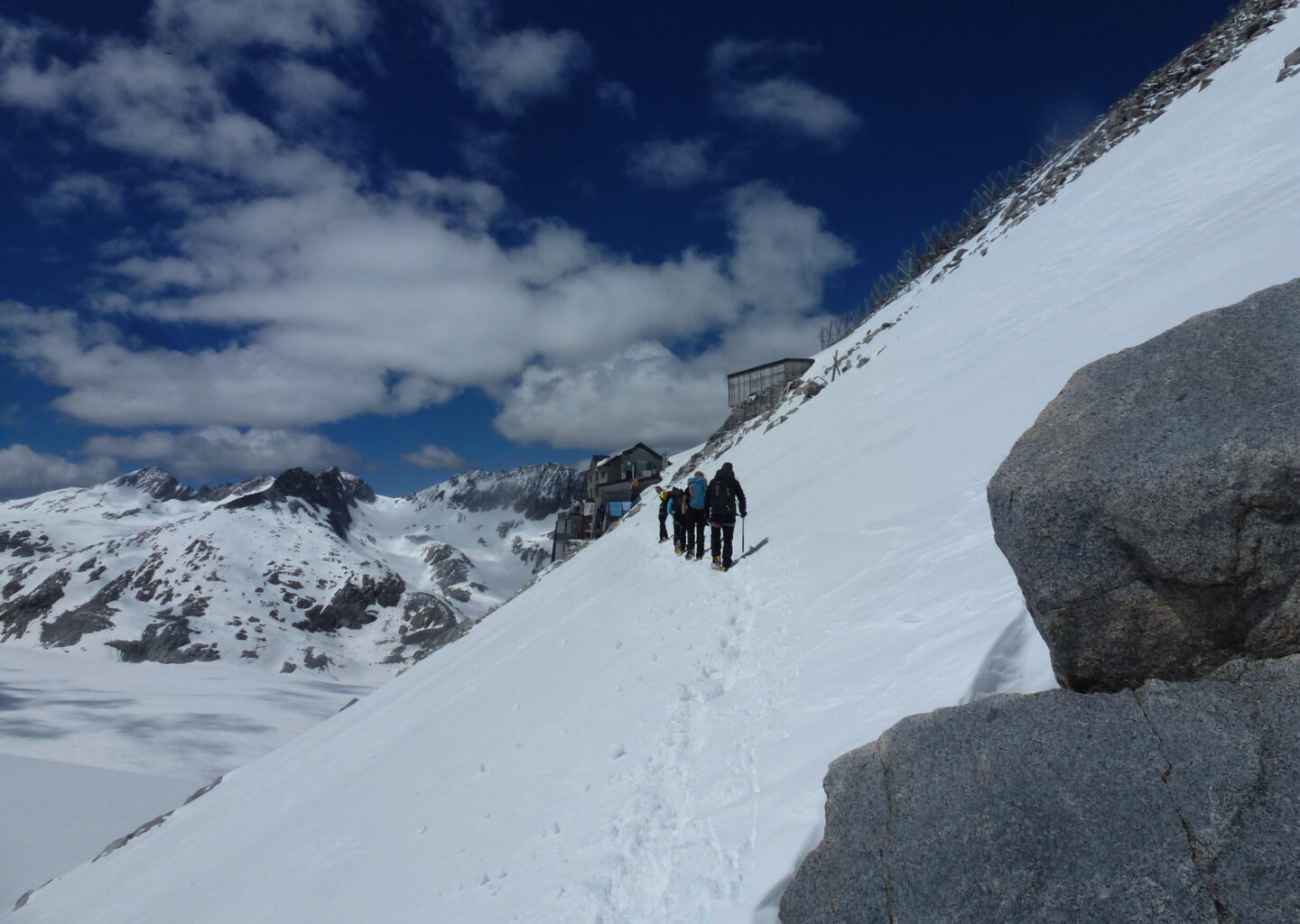
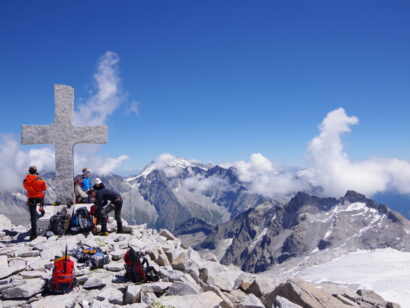
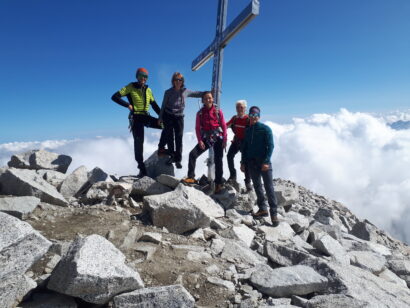

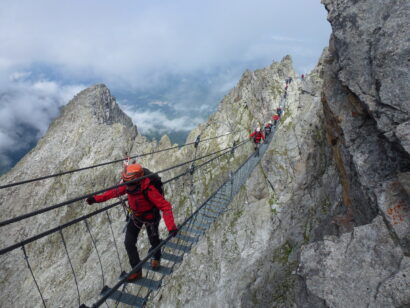
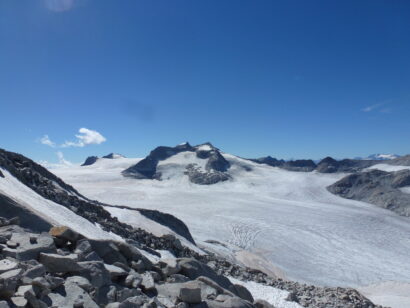
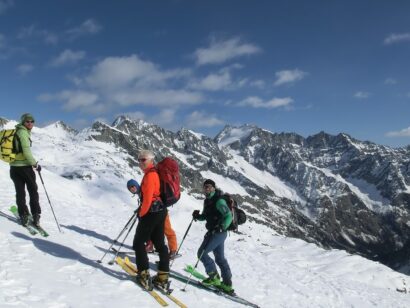
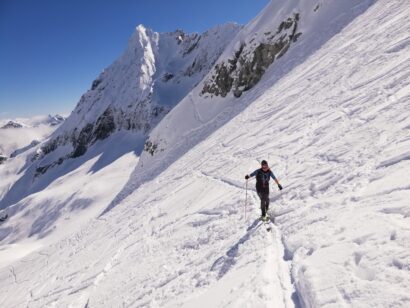
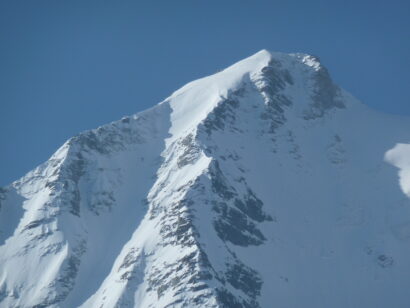
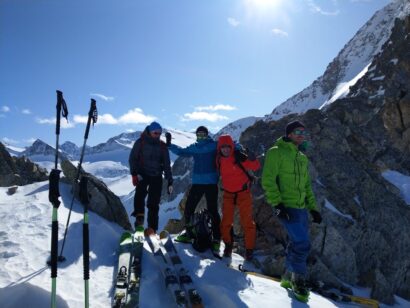
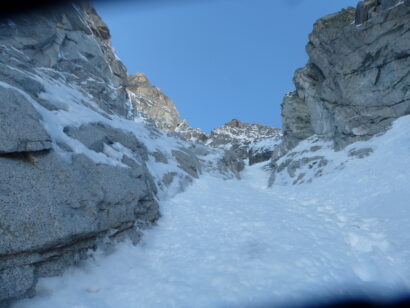
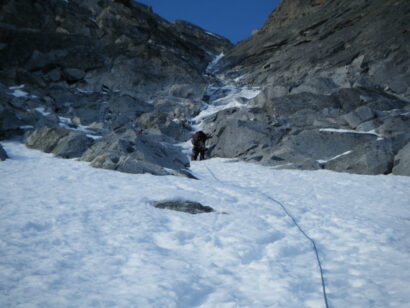
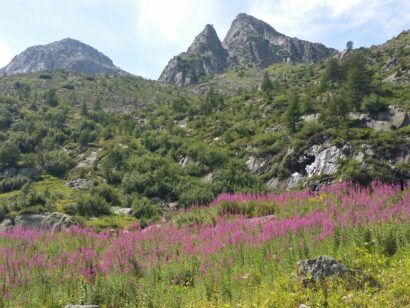
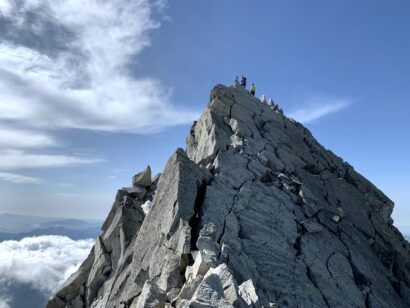
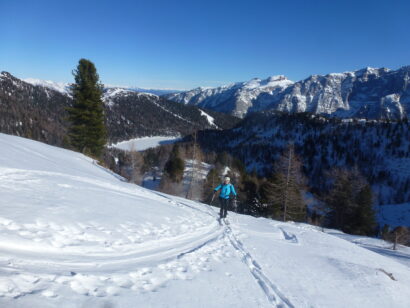
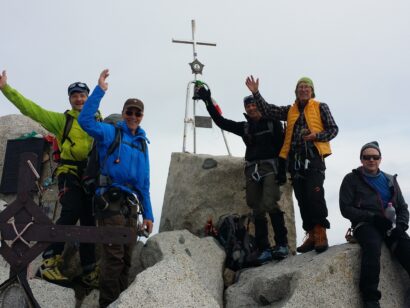
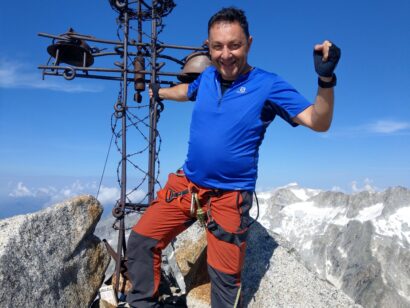
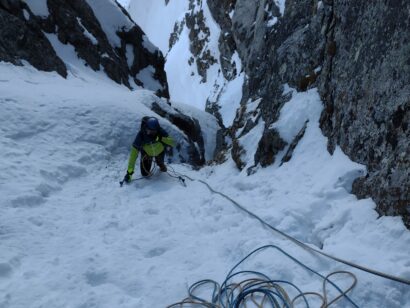
Follow us on our social channels and use the hashtag #guidealpinevaldisole